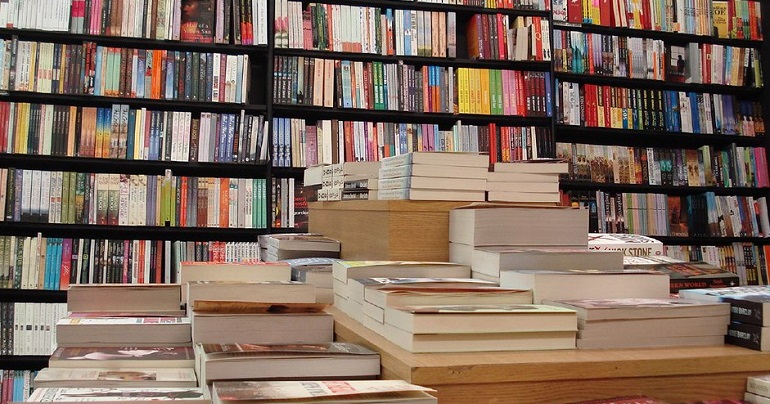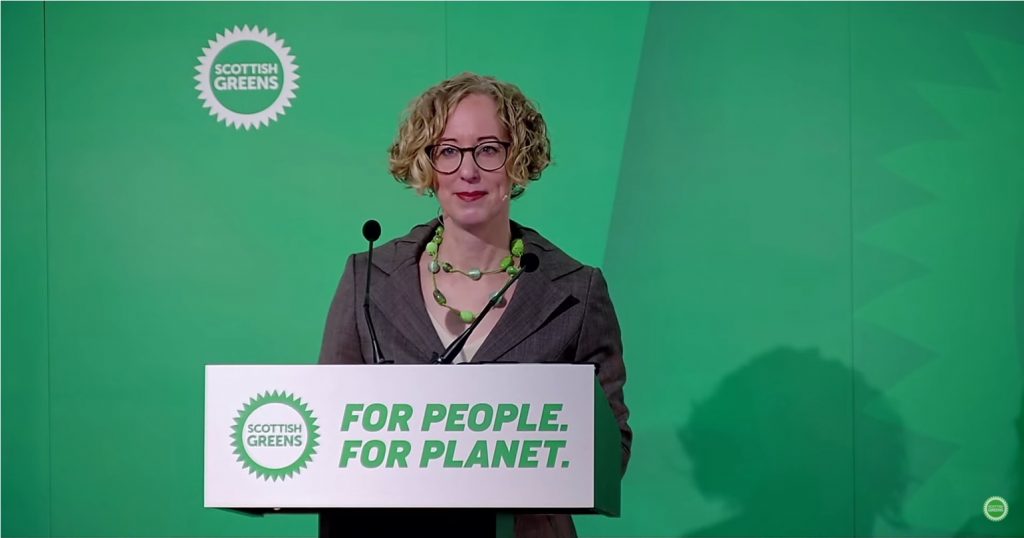A new wave of climate fiction could help young people’s mental health

It turns out that living in a sci-fi dystopia isn’t good for young people’s mental health. We’ve seen this in the news recently, with numerous reports of an increase in teenagers struggling with their mental health following the Covid-19 pandemic. Having worked with young people at a mental health charity from 2016 to 2021, one thing I can tell you is that this youth mental health crisis is not new. It’s an expansion on a problem that was already happening.
Covid isn’t the first existential threat this generation of young people have faced. These are children who’ve grown up under the shadow of financial crashes, weapons of mass destruction, and—the one that’s inspired the most protest in young people and is arguably the most damaging for their mental health—climate change.
The problem with climate change for young people’s wellbeing is that it’s presented as an unsolvable problem. Here’s the world you’re going to inherit, and unless you can convince the majority of society and also massive fossil fuel companies to change their ways, here’s how that world’s going to die. There’s something of a sense of inevitable doom around that message.
I’m not about to suggest that climate change is the sole driver of the decline in youth mental health over the last couple of decades, but in my experience working with young people it has definitely been a significant factor. The two most common diagnoses for teenagers are anxiety and depression. The fact that the most pressing political issue for their generation focuses on fear and threat and hopelessness for the future draws a parallel that cannot (and should not) be ignored.
The increase in young people struggling is often linked to advancing technology, including smartphones and social media. One risk of modern technology, alongside issues like online bullying and social media’s effect on self-worth, is being continually linked into negative news cycles. A teenager interested in the climate can use their phone to see the world burning around them every moment of every day. Not only have young people been told their world is dying—they’ve also been given the tools to watch.
But where is there hope? It’s fine and well detailing the problem young people face, but how do we actually help them? It’s much harder to progress with your mental health when anxiety and a sense of impending doom are a rational, proportional response to the situation. When breaking it down logically leads to: well, yes, it’s logical to be extremely worried about this.
One answer lies in storytelling. Perhaps coming from an author, this seems like overstating the importance of my own craft. But look at the franchises popular with young people in recent years. The Avengers Infinity War and Endgame told the story of heroes losing hope then banding together to beat the impossible odds of a looming existential threat. The Hunger Games books and films told the story of teenagers fighting against corrupt corporations and changing their dystopian society.
These stories resonate with young people (or old people!) because they reflect their reality in some way. Fiction can model how to build a narrative with hope within it, where changing the world feels possible. This is pivotal when it comes to young people building the stories of their own lives, and believing in their ability to make some kind of positive difference—a belief which is key to wellbeing.
There’s an amazing amount of Young Adult Climate Fiction being published at the moment, with my novel Landfill Mountains, Lauren James’ Green Rising, and Mark Smith’s If Not Us all out in September 2021. I’m optimistic that this new wave of “cli-fi” books can help young people have faith that change is possible, and that hope persists.
And, of course, if we adults keep believing, and don’t give up on the future just yet, then perhaps we can be part of building a better tomorrow too.
PS. We hope you enjoyed this article. Bright Green has got big plans for the future to publish many more articles like this. You can help make that happen. Please donate to Bright Green now.
Image credit: RachelH_ – Creative Commons




Leave a Reply